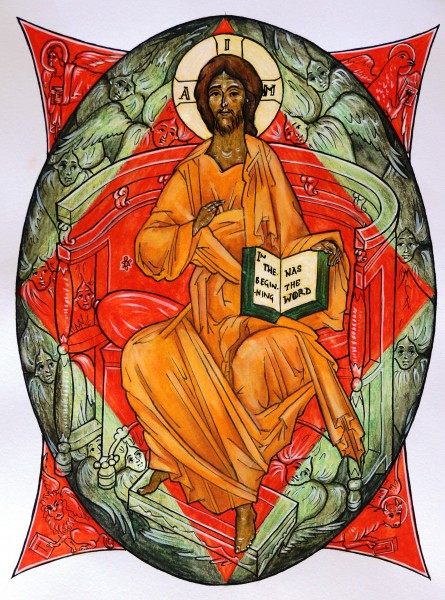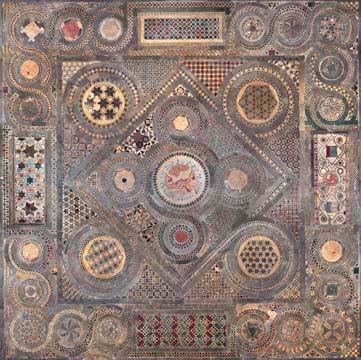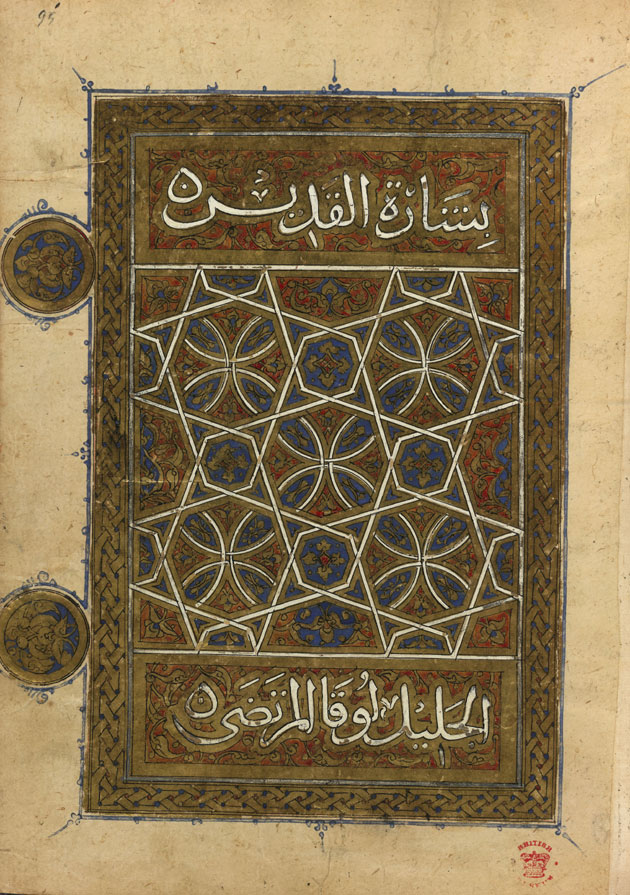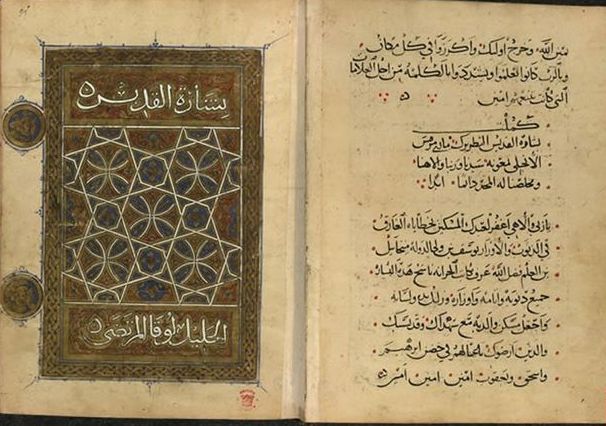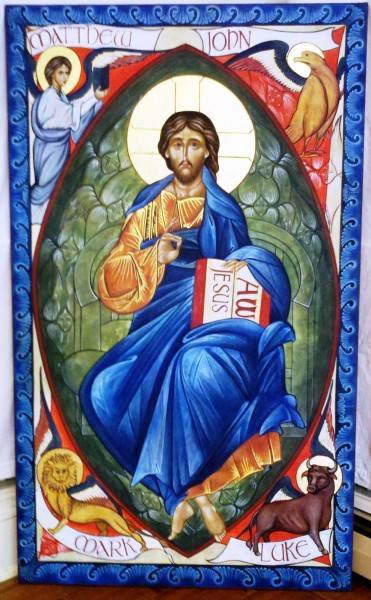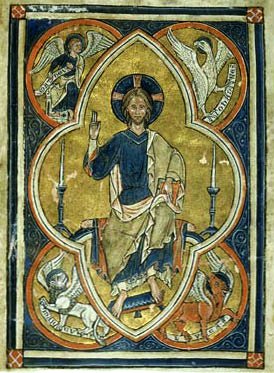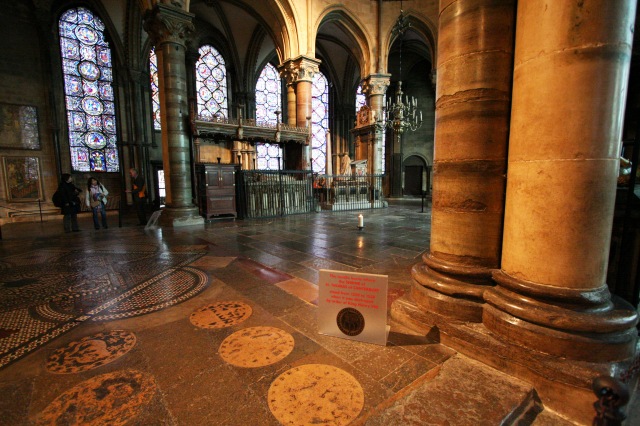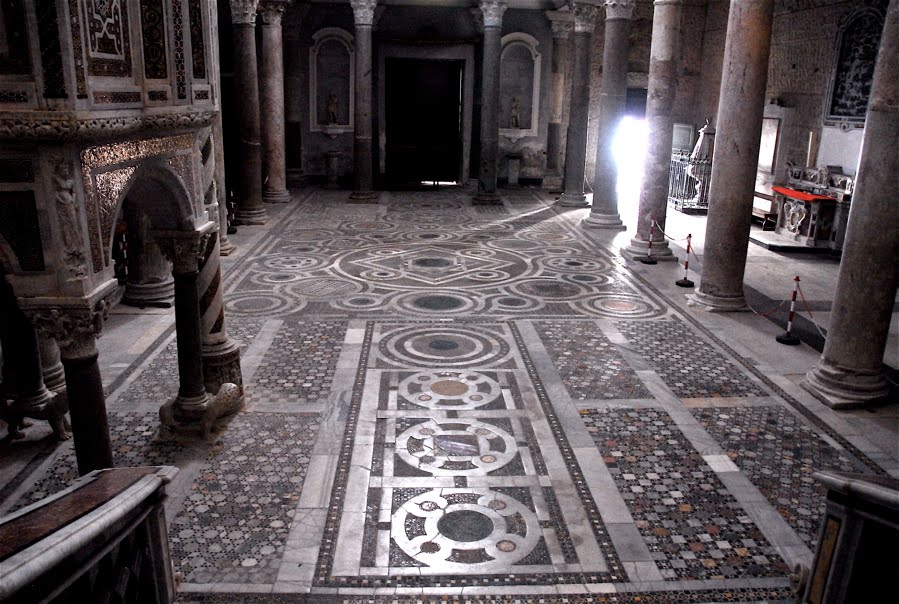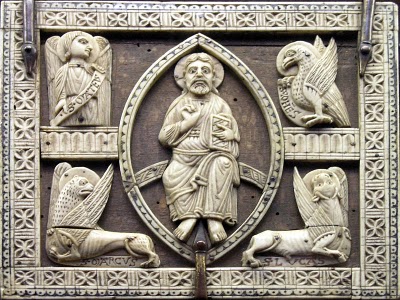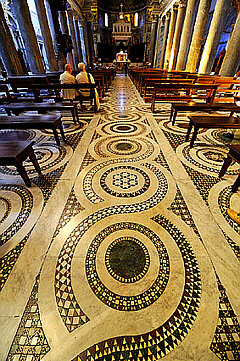 This week we show images, one is representational are and one is geometric art.
First is Christ Enthroned. I painted this for the childrens coloring book, Meet the Angels. It went on the back cover. It shows Christ, as described in the vision of Ezekiel and the Book of Revelaton, enthroned with the four faces of the Cherubim in each corner. Around the throne also are many six-winged seraphim - just wings and faces - and who are transparent so the colours of the background show through. This is a standard iconographic image and if you look on Google images for 'Christ Enthroned' or 'Christ in Majesty' you will see many in this style. It is painted in egg tempera. The almond shape around Christ is called a Mandorla (Italian for almond!) and represents the cosmos.
This week we show images, one is representational are and one is geometric art.
First is Christ Enthroned. I painted this for the childrens coloring book, Meet the Angels. It went on the back cover. It shows Christ, as described in the vision of Ezekiel and the Book of Revelaton, enthroned with the four faces of the Cherubim in each corner. Around the throne also are many six-winged seraphim - just wings and faces - and who are transparent so the colours of the background show through. This is a standard iconographic image and if you look on Google images for 'Christ Enthroned' or 'Christ in Majesty' you will see many in this style. It is painted in egg tempera. The almond shape around Christ is called a Mandorla (Italian for almond!) and represents the cosmos.
The other images are examples of cut stone floorwork and are geometric designs in the 'Cosmatesque' or 'Cosmati' style. It is named after the Cosmati family which, over several generations, developed this distinctive style of work. If they were covering a large area, such as a whole church floor, they worked on three scales. For the grand form they tended to compartmentalize into rectilinear shapes. Then the sub-form would be a geometric design consisting of faceted polygons or interconnected circles. The final stage would be an infill of with very small repeated regular geometric shapes such as squares, triangles of hexagons (which are the three forms that can put together without creating gaps).
One of the standard designs is the ‘quincunx’. This the generic name for the arrangement of five equivalent shapes that has four arranged symmetrically around the fifth which is centrally place (it is also a game-winning word in Scrabble so it'll pay to remember this, if for no other reason). The five dots on dice, for example, are in a quincunx shape. I understand the name comes from the Latin for five-twelfths, a coin of this fraction value of the currency had this name and often had this arrangement of dots on it.
This one is in Westminster Abbey:
..and this is in Santa Croce in Rome:
In the context of geometric patterned art, it is the shape of four smaller circles spinning of larger secondary one was not limited to the Cosmati craftsmen. It is seen in both Eastern and Western Churches and across many centuries and was seen in Roman floor mosaics.
What is the connection between the geometric and representational forms?
The answer is that both sybolize the Word of God being taken to the world through the gospels. Around the central image of the enthroned Christ we see four figures representing the four evangelists carrying the Word to the four corners of the world. Wikipedia describes the source as follows:.
'Matthew the Evangelist, the author of the first gospel account is symbolized by a winged man, or angel. Matthew's gospel starts with Joseph's genealogy from Abraham; it represents Jesus' Incarnation, and so Christ's human nature. This signifies that Christians should use their reason for salvation.
Mark the Evangelist, the author of the second gospel account is symbolized by a winged lion – a figure of courage and monarchy. The lion also represents Jesus' Resurrection (because lions were believed to sleep with open eyes, a comparison with Christ in the tomb), and Christ as king. This signifies that Christians should be courageous on the path of salvation.
Luke the Evangelist, the author of the third gospel account (and the Acts of the Apostles) is symbolized by a winged ox or bull – a figure of sacrifice, service and strength. Luke's account begins with the duties of Zacharias in the temple; it represents Jesus' sacrifice in His Passion and Crucifixion, as well as Christ being High priest (this also represents Mary's obedience). The ox signifies that Christians should be prepared to sacrifice themselves in following Christ.
John the Evangelist, the author of the fourth gospel account is symbolized by an eagle – a figure of the sky, and believed by Christian scholars to be able to look straight into the sun. John starts with an eternal overview of Jesus the Logos and goes on to describe many things with a "higher" christology than the other three (synoptic) gospels; it represents Jesus' Ascension, and Christ's divine nature. This symbolises that Christians should look on eternity without flinching as they journey towards their goal of union with God.'
One of the reasons that the Church settled on four gospels was to emphasis this symbolism (see St Irenaeus writing in the 2nd century AD in Against Heresies). The quincunx also symbolizes Creation, as the number four represents the cosmos. The symbolism is of, again the four corners of the world - Christ spoke of the 'four winds' and the symbolism of the four points of the compass comes from this.



